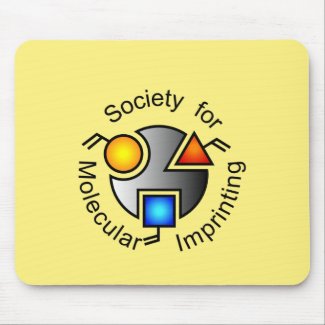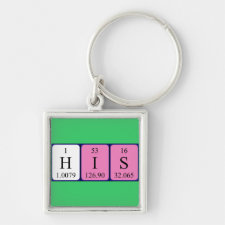
Authors: Guo JX, Wang YZ, Liu YJ, Zhang CJ, Zhou YG
Article Title: Magnetic-graphene based molecularly imprinted polymer nanocomposite for the recognition of bovine hemoglobin.
Publication date: 2015
Journal: Talanta
Volume: 144
Page numbers: 411-419.
DOI: 10.1016/j.talanta.2015.06.057
Abstract: The protein imprinted technique combining surface imprinting and nanomaterials has been an attractive strategy for recognition and rapid separation of proteins. In this work, magnetic-graphene (MG) was chosen as the supporting substrate for the magnetic nanomaterials, which served to absorb the targeting imprinting molecules, bovine hemoglobin (BHb). Acryl amide (AAm) with a high affinity to BHb and N,N'-methylenebisacrylamide (MBA) were selected as the functional monomer and cross-linking agent, respectively. After in-situ polymerization, the proposed magnetic-graphene based molecularly imprinted polymer (MG-MIP) was obtained with a further extraction step of imprinted BHb. Fourier transform infrared (FT-IR), scanning electron microscopy (SEM), transmission electron microscopy (TEM), raman spectroscopy(RS), X-ray diffraction (XRD) and vibrating sample magnetometer (VSM) were employed to characterize the resulted MG-MIP. The maximum adsorption capability (Qmax) was determined by Langmuir Isotherm Plots and was 186.73 mg/g for imprinted nanomaterials (MIP) with an imprinting factor of 1.96. The selectivity of MG-MIP was investigated by using several proteins that are different in molecular mass and isoelectric points as the reference. The results showed that the shape memory effect of imprinted cavities, the size of proteins and the charge effect of proteins were the major factors for the selective recognition. The proposed method was also employed to specifically capture BHb from a binary protein mixture
Template and target information: protein, bovine hemoglobin, BHb
Author keywords: surface imprinting, Graphene, magnetic nanoparticle, Bovine hemoglobin



Join the Society for Molecular Imprinting

New items RSS feed
Sign-up for e-mail updates:
Choose between receiving an occasional newsletter or more frequent e-mail alerts.
Click here to go to the sign-up page.
Is your name elemental or peptidic? Enter your name and find out by clicking either of the buttons below!
Other products you may like:
 MIPdatabase
MIPdatabase









